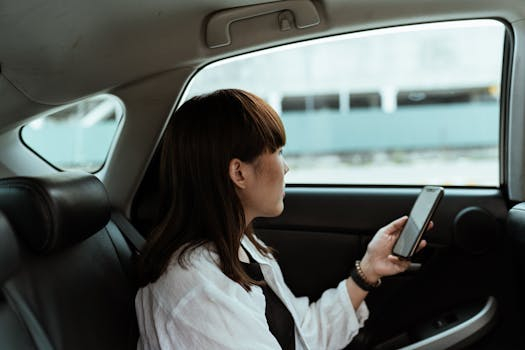Vehicle-to-Everything (V2X): Cars That Communicate with the World
The automotive industry is constantly evolving to meet the needs and demands of consumers. From electric cars to self-driving vehicles, there have been numerous advancements in recent years. However, there is one emerging technology that has the potential to revolutionize the way we travel and communicate – Vehicle-to-Everything (V2X). In this article, we will discuss what V2X is and how it can impact the future of transportation. 
What is V2X?
Vehicle-to-Everything, or V2X, is a communication technology that enables vehicles to exchange information with their surroundings. It goes beyond the traditional vehicle-to-vehicle (V2V) and vehicle-to-infrastructure (V2I) communication and includes a wide range of interactions with other vehicles, pedestrians, and even the entire transportation system. V2X uses wireless technologies such as Dedicated Short Range Communications (DSRC) and Cellular Vehicle-to-Everything (C-V2X) to facilitate the exchange of information between vehicles and the surrounding environment.
How does V2X work?
V2X technology allows vehicles to gather real-time information from various sources and use it to make informed decisions. This is made possible through the use of various sensors, such as cameras, radar, lidar, and ultrasonic sensors, that are present in modern vehicles. These sensors can detect and collect data on the vehicle’s surroundings, including other vehicles, pedestrians, traffic signals, and road conditions. The collected data is then transmitted to other vehicles and infrastructure through a wireless network. In return, the vehicle receives information from other vehicles and infrastructure, which can be used to adjust driving behavior and increase safety.
What are the benefits of V2X?
Vehicle-to-Everything technology has the potential to make driving safer, more efficient, and more convenient. With V2X, vehicles can communicate important information, such as speed, direction, and location, which can help prevent accidents and reduce traffic congestion. For example, V2X can alert a driver if there is a pedestrian crossing the road, or if there is a traffic jam ahead. V2X can also improve the efficiency of transportation by optimizing traffic flow and reducing travel time. Moreover, V2X can provide real-time information on road conditions, weather, and construction, allowing drivers to plan their routes accordingly.
What are the applications of V2X?
The potential uses of V2X are endless and can benefit every aspect of transportation. Some of the notable applications of V2X include collision avoidance, adaptive cruise control, intersection control, and emergency vehicle notification. V2X can also be used for autonomous driving, as it can help self-driving vehicles navigate through complex environments by communicating with other vehicles and infrastructure. In addition, V2X can be used to enhance the overall driving experience, with features such as smart parking, remote vehicle diagnostics, and in-vehicle infotainment systems.
The future of V2X
The adoption of V2X technology is gaining more momentum every day, with more and more automakers and governments investing in its development. However, there are still some challenges that need to be addressed, such as the need for a standardized system, privacy and security concerns, and reliable connectivity. Nevertheless, with the potential to make transportation safer, more efficient, and more convenient, it is believed that V2X will play a significant role in the future of the automotive industry.
Conclusion
Vehicle-to-Everything technology is an exciting advancement in the automotive industry that has the potential to redefine the way we travel and communicate. From increasing road safety to improving traffic flow, the applications of V2X are endless. With ongoing advancements and investments, the future of V2X looks promising, and we can expect to see it playing a significant role in the transportation of tomorrow.






